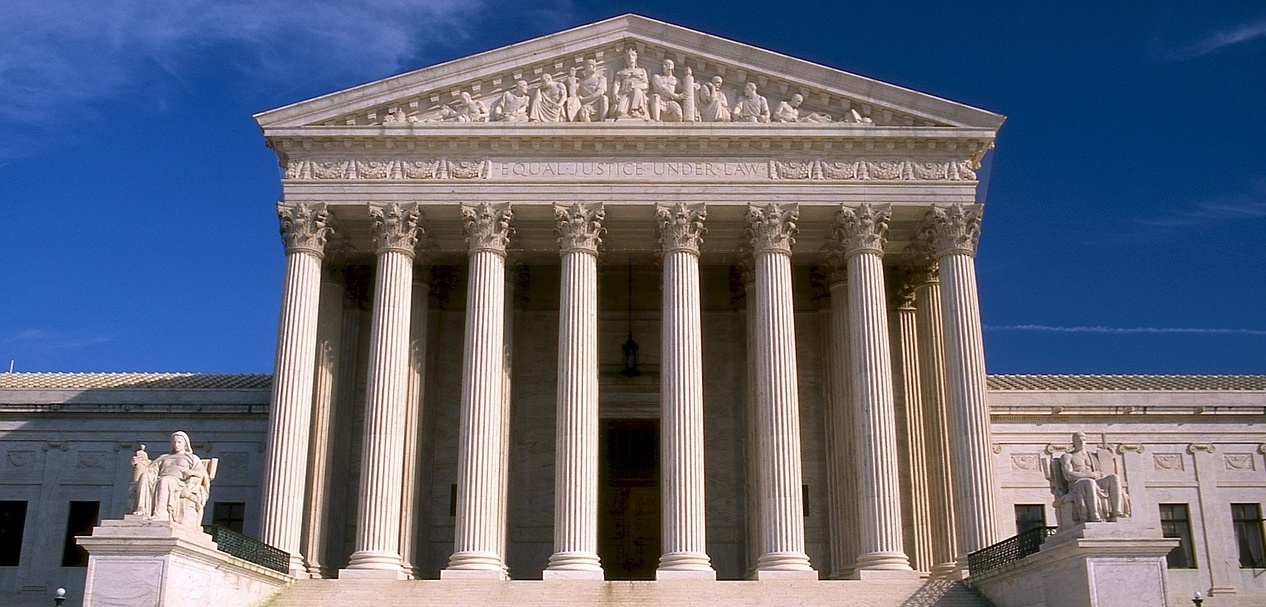This guest post was originally posted on EnergySMART, EnerNOC's blog that plugs into the conversation. EnerNOC is on the Leadership Council of AEE. For more information about our members, click here.

On Monday, the Supreme Court of the United States announced that it sided with EnerNOC and the Federal Energy Regulatory Commission (FERC) in the case EPSA v FERC.
The issue at stake was whether or not FERC, the federal body that makes the rules about how both traditional generators and demand response providers participate in our nation’s wholesale electricity markets, has the proper jurisdiction to make those rules.
Opposing FERC was the Electric Power Supply Association (EPSA), the lobbying arm for the power generator industry. It’s the type of legal argument that can make policy and energy wonks giddy with excitement, while the average person fights to stay awake. But the Supreme Court believed the issue was of such national importance that they decided to take the case.
So why did FERC win—and also, why does it matter?